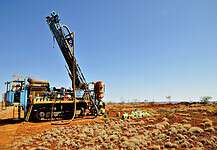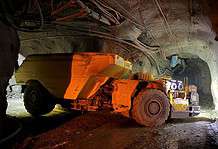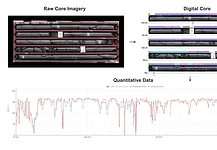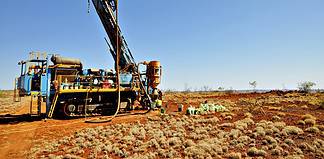Like many other industry sectors, the South Australian resources sector also faces looming workforce and skills shortages, according to the South Australian Chamber of Mines & Energy (SACOME),
The Chamber says the combination of a global pandemic and a massive pipeline of infrastructure projects in Western Australian and the eastern States has resulted in economy-wide labour shortages.
SACOME Chief Executive, Rebecca Knol, said this comes at a time where the South Australian resources sector is on the cusp of a cyclical upswing with a suite of projects and buoyant exploration activity fuelling demand for workers.
In response to member concerns about labour supply, the South Australian Chamber of Mines & Energy (SACOME) commissioned reporting in late 2021 to quantify workforce requirements for the South Australian resources sector.
Based on a combination of projects currently under construction, new projects reaching final investment decision and a consistent demand for shutdown and maintenance workers, the headline figures from this work revealed:
- Requirement for an additional 8,000 workers between Q3 2021 and Q3 2023.
- A peak shortage of 5,100 resources sector workers in Q3 2023.
“We are already experiencing a workforce and skills shortage and mitigating its impacts is the immediate challenge,” Ms Knol said.
“Low unemployment rates are a strong indicator that the South Australian labour market is effectively ‘tapped out’. While the resources sector can offer high wages and attractive sign on bonuses to attract workers, this will impact other parts of the economy and drive inflationary pressure.”
“While it is unlikely the current shortfall can be met, we can work to triage the worst of the skills shortage impacts and develop long term strategy to address underlying issues.”
One of SACOME’s key Pre-Election calls is for development of a ‘South Australian Future Workforce and Skills Framework’ that maps workforce requirement across key industry sectors.
“Longer-term strategic planning is essential if we are to build labour market resilience across the South Australian economy.”
“Strategic mapping of industry sector requirements can help to understand cross-sector workforce needs and better align training and education measures to meet them.”
“Such planning will also assist in coordinating worker transition across industry cycles and facilitate worker movement to new sectors in periods of downturn while ensuring they are equipped with the skills and training necessary for that transition”.
“A suitably skilled workforce is critical to growth of the resources sector and the broader South Australian economy.”
“While the pandemic has catalysed the skills shortage problem, it has also highlighted the urgent need for strategic planning if we are to avoid similar problems in the future.”








































